What survival food procurement gear can a survivalist include and still stay within the size and weight constraints for a Survival Kit, Go Bag, or a lightweight Get Home Bag or Bug Out Bag? I’ll share a few of my top choices to fill the stewpot. The idea is to gather and hunt more calories you burn. Otherwise, you’re starving, even if you’re starving slowly.
Knife
A knife is arguably the most important survival tool you can carry will prevent the expenditure of far more calories than you will burn carrying it. It will come in hand for harvesting and processing wild edibles and mushrooms, carving primitive trap and snare components, carving and fire hardening a hardwood digging stick for digging tubers, making a primitive bow and arrows for hunting, and for field dressing, skinning, butchering, and cooking fish and game.
I am not a fan of the “one-size-fits-all” approach to knives. While a blade of 3” or less is typically sufficient for most tasks in most biomes, I suggest observing how the locals survive, what tasks are necessary to survive in the environment and the tools they use to accomplish them. They may not have university degrees or YouTube channels, but they usually have centuries or more of cultural memory on their side and have worked out effective blade lengths and shapes for the tasks at hand over the course of many generations once steel was introduced to their part of the world.
In tropical jungles, you’ll probably find that they settled on some shape or another of machete, and I’ll bet it’s longer than 3”. In desert regions featuring cacti with long spines and plats with long thorns, blade lengths also tend to grow a little, as they do anywhere blades are used to cut snow or thick blubber.
Learning from the locals, you’ll also discover useful features for edged tools. Such as that your chances of survival may increase in overwater environments if your knife floats or that it’s handy if your hand doesn’t freeze to your knife in the cold.
Saw Blade
A fine-toothed saw blade can be lashed to a pole and used to harvest fruit hanging high out of reach. It is also useful to shape the trigger surfaces of snares especially deadfall snares such as the figure 4 deadfall. They can be carved with a knife, but a saw makes short work of it and, in my opinion, makes it easier for the novice to get it right.
Cordage
Cordage can be used to make a bowstring, sling, or bolas for hunting or make a fruit picker by lashing a short stick to a long pole at an angle. When Spanish missionaries arrived the desert southwest, they saw indigenous people carrying saguaro ribs lashed together in this fashion and rejoiced because they thought they were carrying crosses in a procession. They later learned they were harvesting saguaro fruit. Saguaro ribs were the perfect material for the job, being long, straight, and lightweight.
Another use for cordage is in the construction of snares. From the Paiute deadfall, to rabbit nooses, to twitch up snares, strong, fine cordage and a sharp knife are important tools. Cordage can also be used as fishing line. Heavier cordage can serve as a bank or hand line, and finer cordage can serve as a leader on a hand line or as snoods (the shorter lines) on bank lines, trot lines, and drop lines.
Cordage can also be used to fashion a stringer to keep fish alive while preventing their escape. Caught fish don’t begin to spoil until they die, and a stringer can keep fish alive for a couple of days until needed provided a predator doesn’t discover them.
Cordage can also be used to hobble or tether animals to keep them alive but prevent escape. Just be sure to guard them against predators.
Earn Your Food Independence NOW
Fishing Gear
Of all the methods of survival food procurement, fishing is perhaps the most easily mastered. Even people who have never caught fish before, have been able to catch fish during a survival ordeal. All freshwater fish are edible. Some just taste better than others or have fewer small bones.
Walking into a tackle shop and surveying all the colorful, expensive gear, one might conclude that modern fishing gear is designed to catch fishermen. Most of the time, all you need to fish is line, weight, hook, and bait. A rod does make it easier to feel when a fish strikes and set the hook, but a handline winder or Cuban yo-yo will suffice, and a rod is not difficult to fashion provided you can find a suitable stick.
In virtually every instance where I have seen fishing line included in commercial survival kits or survival fishing kits, monofilament line was used, probably because it is the cheapest type of fishing line and what most people are used to using. The problem with using mono is that it has a short shelf life, with manufacturers recommending replacement within 1-2 years if not exposed to sunlight. The recommended shelf life for braided fishing line is 8-12 years, 4-12x longer than monofilament and double the shelf life of fluorocarbon.
This doesn’t mean you can’t catch fish on old monofilament, I certainly have, but it becomes brittle with age, increasing the chance of losing a fish, especially when fishing with a handline. It is more common for line to break when fishing with a handline than when fishing with a rod because rods flex, lengthening the time that the line is stressed and decreasing the impulse on the line.
Just remember that braided line must be used with knots that are suitable for it. Some of the knots used with monofilament will not hold in braided fishing line. If you are short on space, line can be taped and stored without a winder. If you have room, a silicone bobbin doesn’t take up much space. A thread card used for storing thread for sewing will also work and some survival kits store fishing line on winders made of cardboard or balsa, but these are more likely to kink braided line than a bobbin. For fishing, a larger winder can be improvised out of wood or a scavenged piece of trash such as a water bottle or soda bottle.
Line test weight should be sized to the species where you are likely to fish. If you could need to fish anywhere, carrying both 15 Lbs and 30 Lbs braided line will cover most fishing. I carry 85 Lbs braided Kevlar thread for use as a hand line and trip line. For bank lines, trot lines, and drop lines, 200 Lbs Technora, 188 Lbs Kevlar, and tarred bank line are all good choices that are commonly included in survival kits.
Fishhooks are light and compact, and most survival kits don’t include enough of them with 2 or 4 hooks not being uncommon. When fishing for survival using lines that will be left unattended, getting more baited hooks in the water will help ensure that you catch something. A dozen hooks will you started, but two dozen is better.
I like long-shank Aberdeen or O’ Shaughnessy pattern fishhooks of stainless steel or other material appropriate for use in salt water for use in survival kits because they can be used to improvise artificial baits or flies by adding a spoon cut from an aluminum can, a plug carved from wood or by tying on bits of aluminum foil, feathers, hair, or small strips of emergency blanket. Adhesive retro-reflective tape can also be added to increase reflectivity.
The long shank also gives you something to grab when removing hooks from toothed fish and helps prevent them from biting through the line when hooked in the mouth. If you have the space, you can also carry some shorter shanked bait holder hooks to attach to bank lines, trot lines, or drop lines and a couple treble hooks in case you need to resort to snagging fish that aren’t biting.
When choosing the size of hooks, big fish can be caught on small hooks, but the reverse is not true, so go with smaller to medium sized hooks, but you will want larger hooks for saltwater fishing than for catching trout in mountain streams.
Including a large 6/0-9/0 long-shank O’ Shaughnessy hook to lash to a handle to fashion a gaff hook is also a sound practice. Most fish are lost when landing, which the use of a gaff or landing net helps avoid.
You can use wire or cordage to turn rocks into fishing weights or you can pack removeable split shot sinkers or bank sinkers.
Natural bait such as larvae, insects, or worms, can be found in most environment under rocks, logs or by digging. You can also pack artificial bait, lures, or flies. Treble hooks can be replaced with single or double hooks when necessary so that lures such as spoons will pack flat. Flies, feathered, and metal lures store better in survival kits for long periods of time than plastic artificial baits, which can break down, leach dyes, or melt.

Dehydrated baits, crappie nibbles or salmon eggs can be stored in small plastic tubes used in sewing kit to protect needles.
In areas with aggressive toothed fish species and at sea, including wire leaders is advisable. Wire leaders can also be improvised from snare wire or coated, knot-able, steel leader wire.
Speedhook Snares
For survival purposes, the Military Speedhook snare punches well above its weight. It’s lightweight, compact, reusable, has a high success rate, and can be used to catch fish, birds, and squirrels.
All birds are supposedly edible, although, after having smelled a vulture in the wild, I can’t imagine being able to keep vulture meat down. Like fish and mammals, some birds taste, and certainly smell, better than others.
Wire
Wire is useful for making wire snares, leaders for fishing, and fishing pole eyes. It can also be used to turn pebbles into fishing weights to tying an eye onto a small stone. I like brass wire because it doesn’t rust and coated, knot-able steel leader wire (also known as downrigger wire) because it holds certain knots.
Gig Head
A paralyzer style gig head is very small or light and can be added to a short length of threaded rod to facilitate attachment to a wooden shaft once needed. A short plastic tube can be used to collapse the tines for storage and doubles as a straw for water procurement in crevices, filter straw, and bellows tube for making fire.
If you carry a length of surgical tubing or a SWAT-T torniquet, either of these can used as a power band to turn your gig into a fling spear, to provide compression to stop bleeding or to make a slingshot.



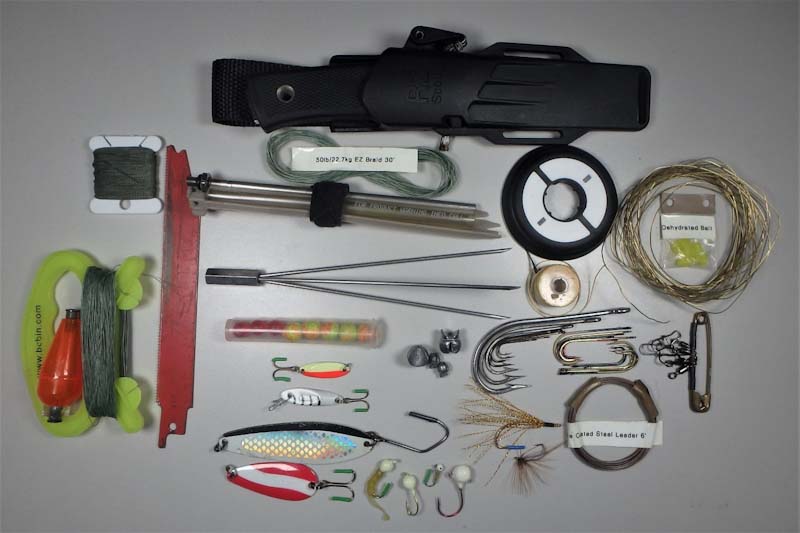

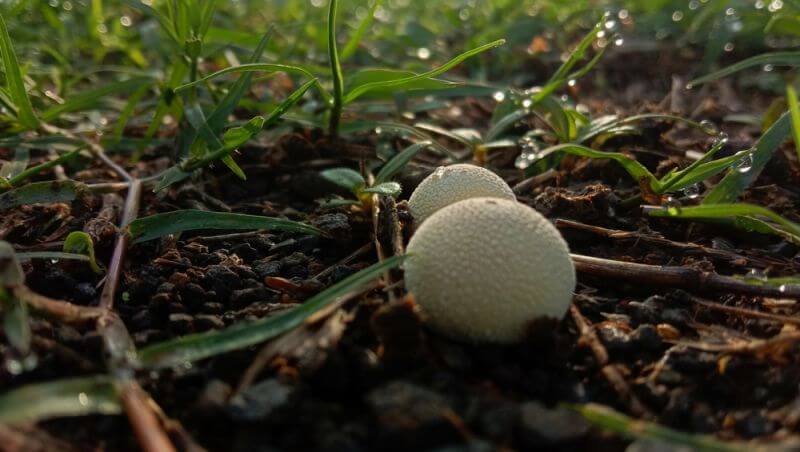
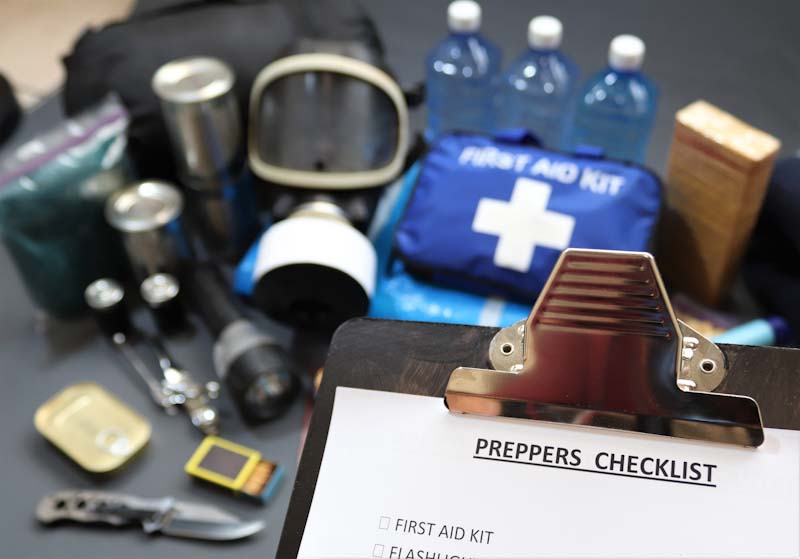
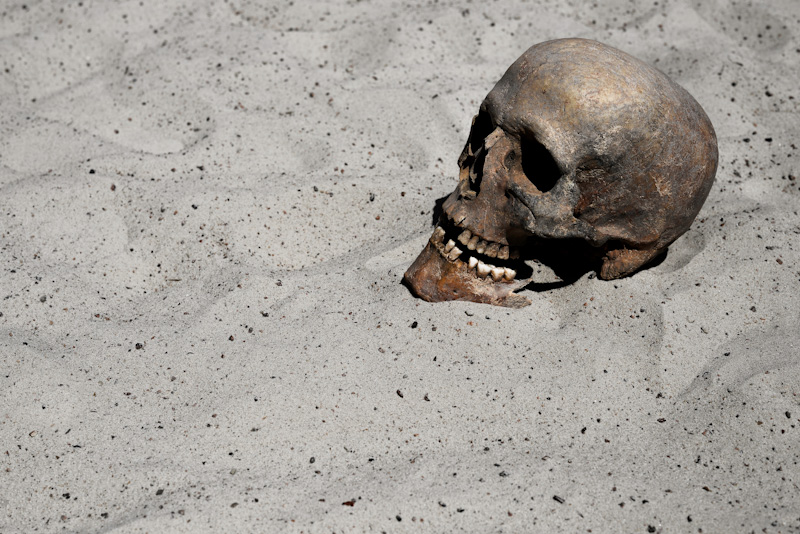
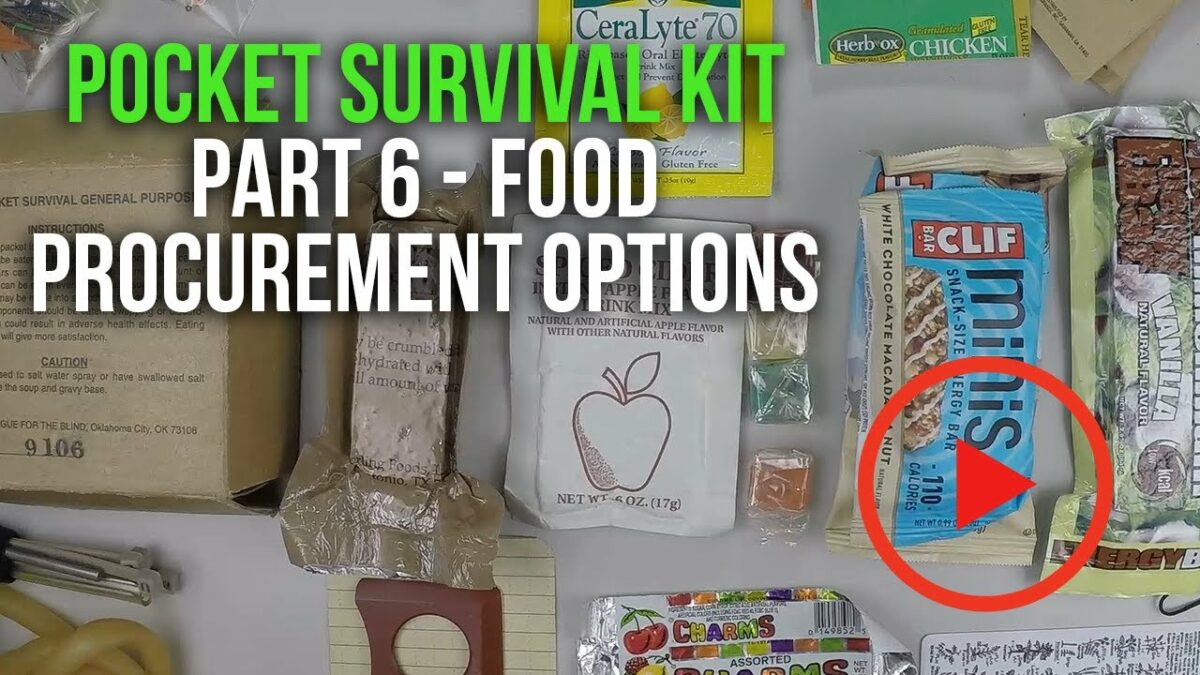

John Silvers | April 14, 2023
|
I live in Florida, saltwater and freshwater fishing is everywhere. I keep a couple cast nets and gill nets at the ready
You could feed a sizeable group of people easily with one or the other.
Marc | April 24, 2023
|
John Silvers, I live in FL too and interested in exactly what you use and how. New to much of this and appreciate any help.